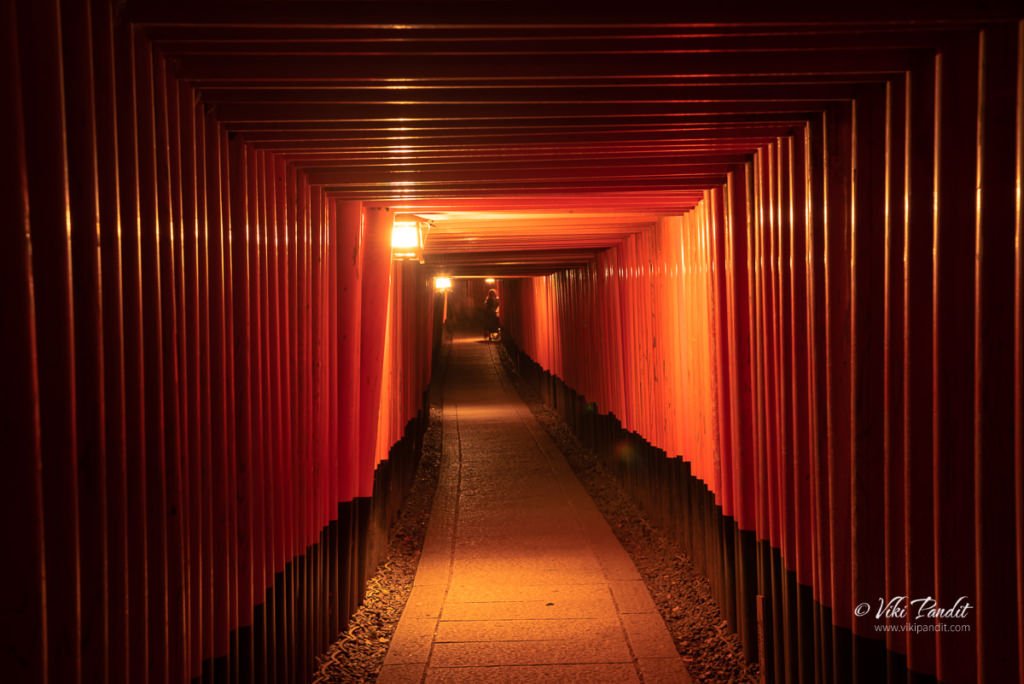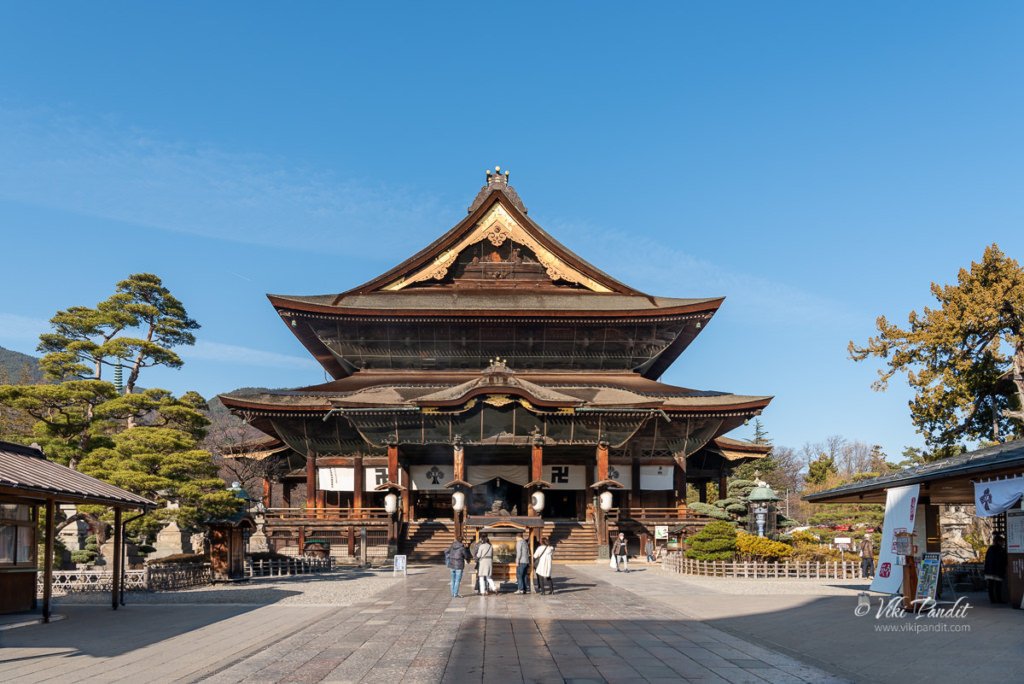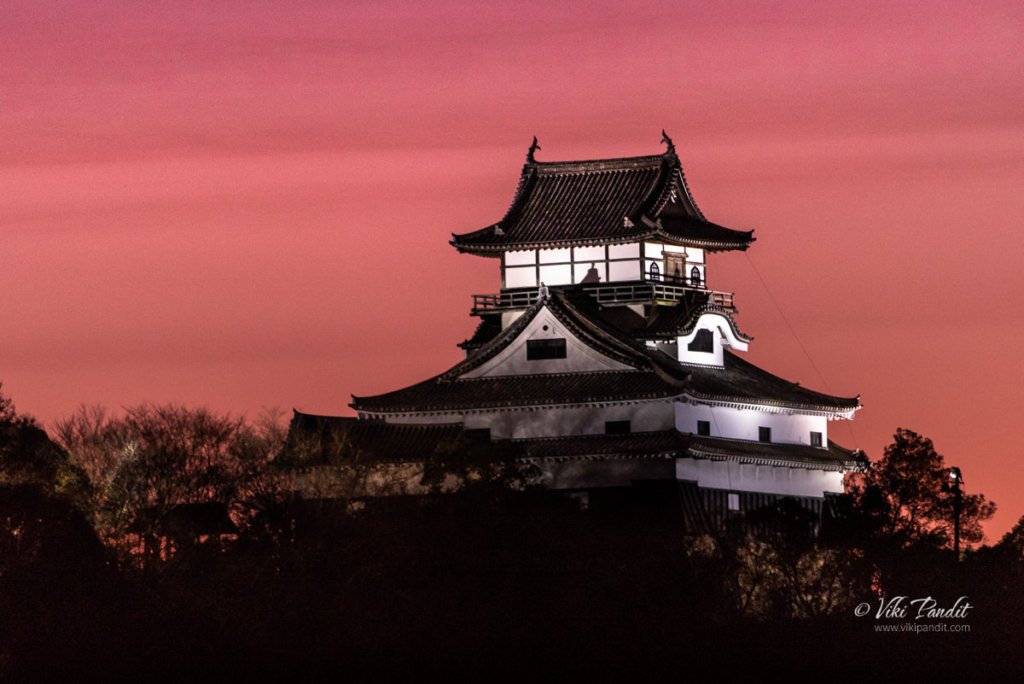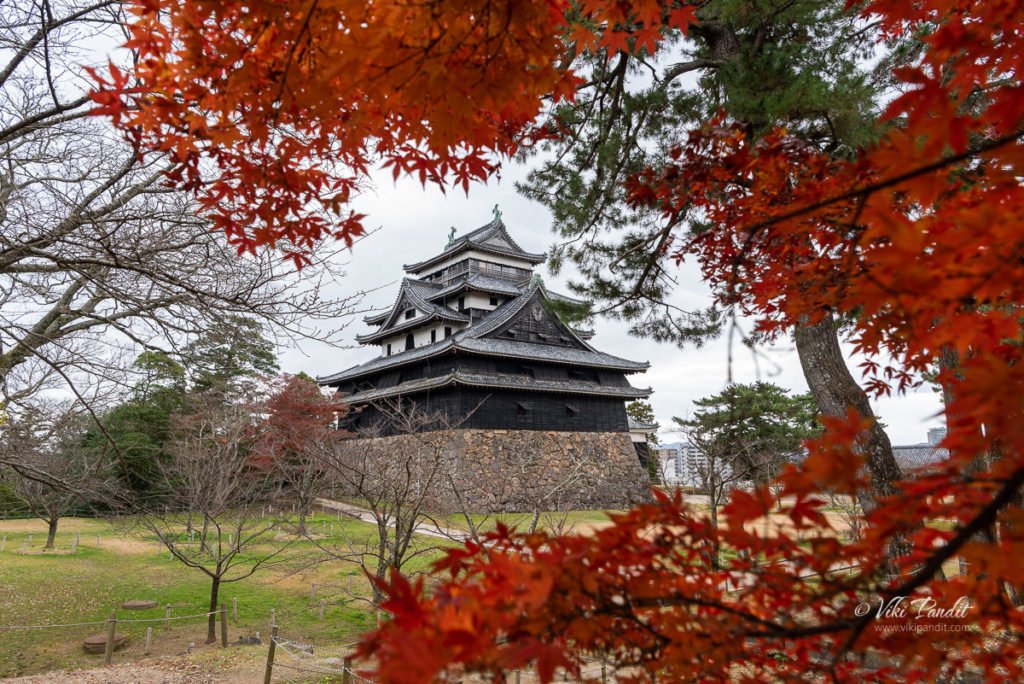

Stok Palace
Nestled in the picturesque landscape of Ladakh, the Stok Palace & Monastery stands as a profound reflection of the rich cultural heritage of this remote Himalayan region. Visitors can also get to see some of the unique collection of crowns, royal attires, and other significant materials inside the palace.







